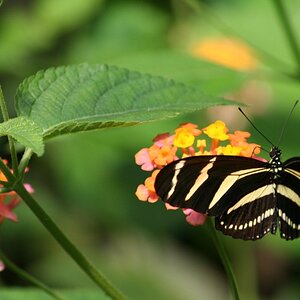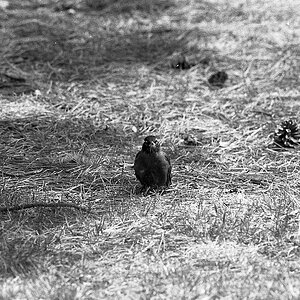jocose
TPF Noob!
- Joined
- Sep 16, 2005
- Messages
- 3,059
- Reaction score
- 118
- Location
- dans la pissoir
- Website
- www.musingsofjocose.com
- Can others edit my Photos
- Photos NOT OK to edit
Hey there fellow forumites.
My sister's wedding is coming up soon, and although I probably won't take too many pictures (being caught up in the moment and all), I'm bringing my D70s with me. I've also went and rented a the SB800 flash for the weekend (it's like $10 if I pick it up after 5 on Friday and return it before 11 on Monday...I'm actually gonna pick it up on Thursday, but still...I get to use a $350 flash for $20--can't beat that).
Anyway, I was looking for some advice on how to use a flash...I very seldom ever use the built-in flash, let alone a monster like the SB800.
So, any words of wisdom? Also, I won't be able to take any shots of the ceremony since I'll be in it, but any pointers for the reception and the rehearsal dinner would be great!
Thanks as always.
My sister's wedding is coming up soon, and although I probably won't take too many pictures (being caught up in the moment and all), I'm bringing my D70s with me. I've also went and rented a the SB800 flash for the weekend (it's like $10 if I pick it up after 5 on Friday and return it before 11 on Monday...I'm actually gonna pick it up on Thursday, but still...I get to use a $350 flash for $20--can't beat that).
Anyway, I was looking for some advice on how to use a flash...I very seldom ever use the built-in flash, let alone a monster like the SB800.
So, any words of wisdom? Also, I won't be able to take any shots of the ceremony since I'll be in it, but any pointers for the reception and the rehearsal dinner would be great!
Thanks as always.


 j/k
j/k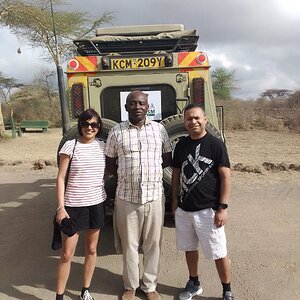
![[No title]](/data/xfmg/thumbnail/30/30886-4d4f2b370f36c175a23901cc8689aea4.jpg?1619734498)
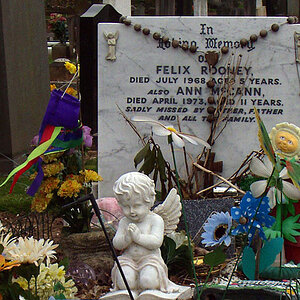
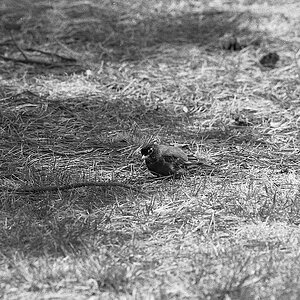
![[No title]](/data/xfmg/thumbnail/39/39511-592cbd68b1d797ffce7e41e4fbfed890.jpg?1619739066)
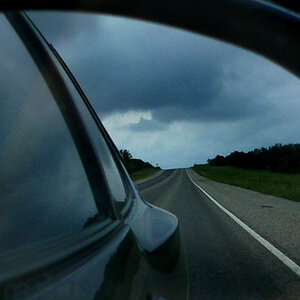

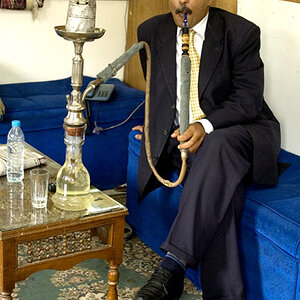
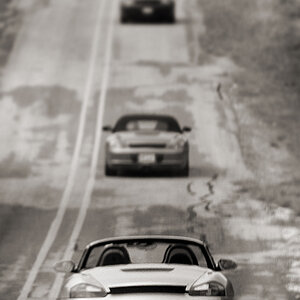
![[No title]](/data/xfmg/thumbnail/38/38738-7933157d1b8968c986eeeab2d1828524.jpg?1619738703)
